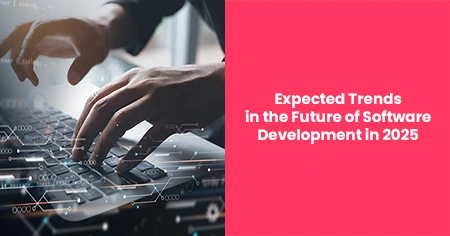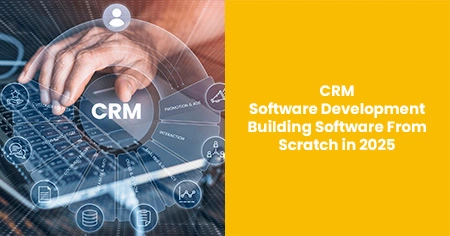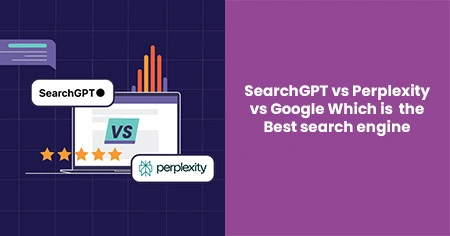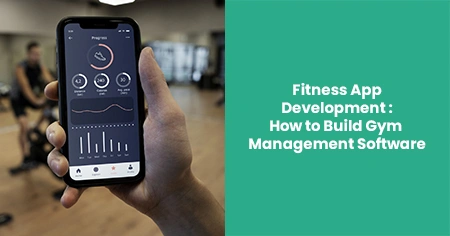With global IT spending at an all-time high, it is more critical than ever for professionals and businesses to stay ahead of the curve in software development trends.
In this post, we'll look at the most important AI software development trends shaping the future of software production and deployment.
Top Trends in the Future of Software Development in 2025
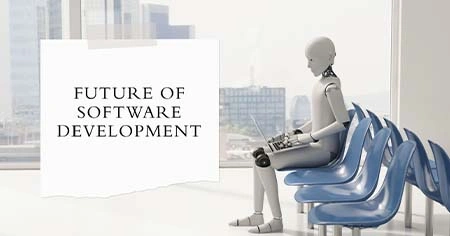
Automation and AI
Automation and AI are already revolutionizing software development, and by 2025, they will be even more important. From automating regular coding activities to applying complex machine learning models, AI technologies will significantly shorten development cycles. Automated testing, issue identification, and code generation will become common practices, allowing developers to concentrate on creative and high-level jobs. To stay ahead in this evolving landscape, professionals are increasingly seeking the best AI certification programs to enhance their expertise and remain competitive.
Rise of low-code and no-code development
As businesses aim to accelerate their development processes, low-code and no-code platforms are gaining popularity. A low code app development platform allows users to construct applications with minimal coding experience, leading to faster development cycles. These platforms also empower non-technical employees to contribute effectively to software initiatives.
Gartner predicts that low-code application development will account for 65% of total app development activity by 2025. This trend democratizes software development, enabling businesses to innovate and respond to market demands more quickly and efficiently. Companies may streamline their operations, eliminate bottlenecks, and unleash creativity in their teams, resulting in a more agile and responsive company environment.
Increased importance of data privacy
Data privacy has become a primary consideration for software developers, driven by legal reforms and increased public concern about data exploitation.
Implementing the General Data Protection Regulation (GDPR) in the European Union and equivalent rules around the world has substantially impacted how businesses acquire, store, and manage personal information.
Google announced in 2020 that it would phase out third-party cookies in Chrome by 2022. This move aims to protect user data and limit tracking by external groups. Apple's iOS 15 release also added app tracking transparency, requiring apps to request user permission before tracking their activity.
According to MarketsandMarkets, the global data protection as a service (DPaaS) market is expected to increase from $28 billion in 2022 to $361.5 billion by 2032.
Cloud-native development
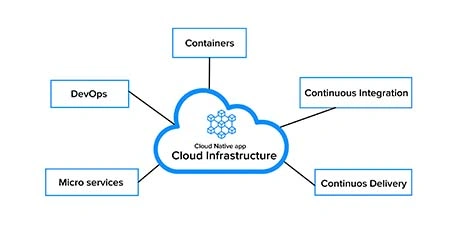
The transition to cloud computing has altered how software is built and deployed, making cloud-native development a vital priority. This technique entails creating apps designed for cloud settings, allowing developers to fully leverage the cloud infrastructure's scalability and flexibility.
Gartner predicts that by 2025, 75% of all software applications will be cloud-native. This move improves resource management and allows for speedier deployment cycles. Developers can use microservices design and containerization technologies such as Docker and Kubernetes to build more robust apps that respond to changing business needs while maximizing performance and reducing downtime.
Growth of machine learning operations (MLOps)
Machine Learning Operations (MLOps) are becoming a standard AI and machine learning technique. It aims to improve the overall efficiency and effectiveness of the machine-learning process, from data preparation to model deployment and monitoring.
MLOps strives to bridge the gap between creating a machine learning model and getting it to work in the real world. It guarantees that the models can scale, are reliable, and can be smoothly integrated into business operations.
MLOps use is rapidly increasing, and according to Cognilytica, the market is predicted to rise from $350 million in 2019 to $4 billion by 2025.
This increase is being driven by the need for enterprises to move beyond experimental AI initiatives and deploy and manage AI at scale, emphasizing the significance of MLOps in enabling effective, real-world AI applications.
Rise in progressive web apps
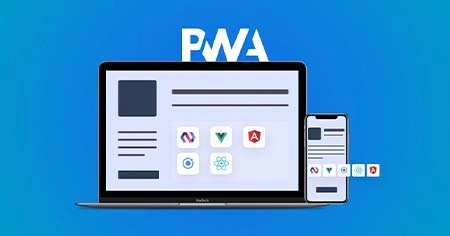
Progressive Web Apps (PWAs) are becoming increasingly popular as a way for businesses to combine the accessibility and searchability of a website with the responsiveness and engagement of a native app.
According to Google, PWAs can increase conversion rates by up to 36% compared to standard mobile apps. Big firms like Starbucks, Uber, and Pinterest have already adopted PWAs and effectively used them to improve user experience, resulting in increased engagement and conversion rates. For example, Pinterest's PWA resulted in a 60% increase in engagement and a 44% rise in user-generated ad revenue.
PWAs' increased popularity can be due to their ability to work offline, load rapidly, and increase user engagement, making them an appealing alternative for organizations trying to boost their online presence.
Emphasis on cybersecurity

As the digital realm expands, so do the challenges to software security, making it a top priority. According to a Cybersecurity Ventures analysis, 60% of all firms will face a severe security breach by 2025, emphasizing the critical necessity for effective security measures. This reality has made cybersecurity a primary priority in software development.
Integrating security into the AI development workflow—DevSecOps—will be critical for firms seeking to protect their assets. This method emphasizes prioritizing security throughout the software development lifecycle, from design to deployment and continual maintenance. By incorporating security measures into the development process, firms may better defend against new threats, secure consumer data, and improve their market reputation. Additionally, professionals aiming to enhance their expertise in security can benefit from enrolling in top cyber security courses that provide in-depth knowledge of the latest protection strategies and best practices.
Enhanced focus on sustainability
AI software development is no exception as the global focus on sustainability grows. By 2025, more businesses will focus on sustainable methods in their development processes, such as energy-efficient coding and reduced resource consumption. Adopting green coding methods benefits the environment, improves a company's reputation, and can result in significant cost savings.
Optimizing applications to use fewer resources can help organizations lower their carbon footprint and attract environmentally concerned customers. This dedication to sustainability can also boost stakeholder trust and customer loyalty, resulting in a win-win situation for the environment and business.
Focus on user experience (UX)
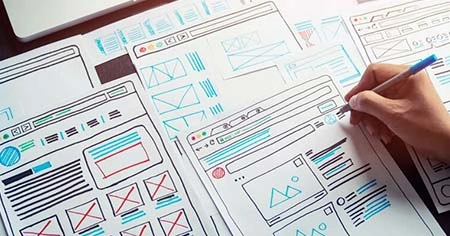
Organizations must emphasize user experience to retain customers and increase engagement as competition heats up. By 2025, Forrester predicts that organizations with a good UX strategy will beat their competition by three to fivefold. Investing in UX design increases consumer pleasure and promotes customer loyalty and long-term partnerships. As software development teams embrace user-centric design concepts, they will use technologies like user testing, A/B testing, and data analytics to understand users' needs and preferences better. This data-driven approach guarantees that applications are intuitive and meet user expectations, resulting in higher adoption rates and a stronger brand reputation.
Platform engineering becomes a crucial force
Platform engineering is gaining significant traction in the world of software development. It entails developing and managing scalable and dependable software platforms that allow developers to design and deploy applications efficiently.
This trend focuses on optimizing the developer experience, lowering time-to-market, and improving communication between the dedicated AI development team and other departments. Companies invest in internal development platforms (IDPs) to fulfill these objectives. Organizations can further enhance their technological capabilities by exploring solutions from a dedicated software development centre to optimize their platform engineering strategies.
For example, Netflix's Spinnaker, an open-source continuous delivery platform, enables the corporation to make hundreds of daily deployments.
MarketsandMarkets predicts that the global DevOps market, which includes platform engineering approaches, will reach $25.5 billion by 2028, showing the growing importance of efficient, scalable software delivery systems.
To learn more about DevOps specialists, check out our DevOps glossary, which includes important phrases to help you keep up with DevOps methods and tools.
Integration of internet of things (IoT)
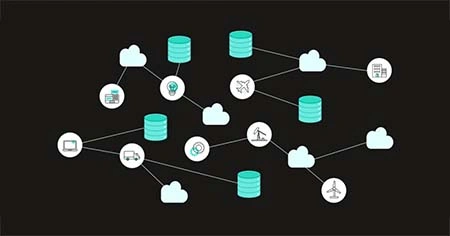
The Internet of Things (IoT) is expected to be a major driver of software development trends in the following years, providing new potential for innovation. By 2025, over 75 billion IoT devices will likely be connected worldwide. This boom of connected devices opens up new potential for software developers to design programs that communicate and interact with these devices.
From smart homes to industrial IoT solutions, developers must focus on designing scalable and secure apps that can handle the influx of data generated by these devices.
As the need for IoT solutions increases, firms that can leverage this technology will gain a huge competitive advantage and establish themselves as industry leaders.




